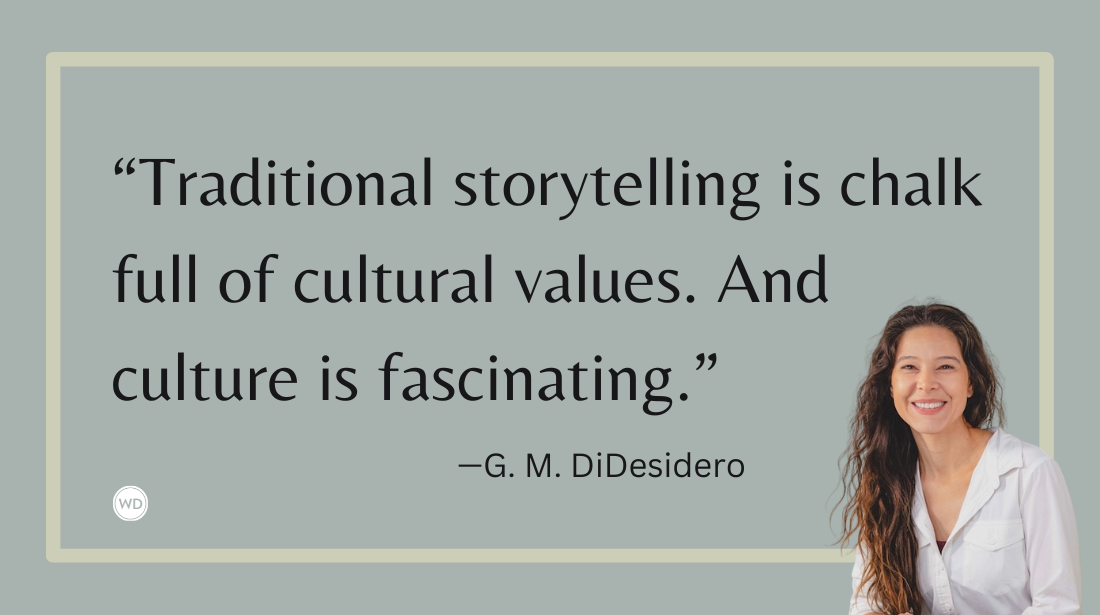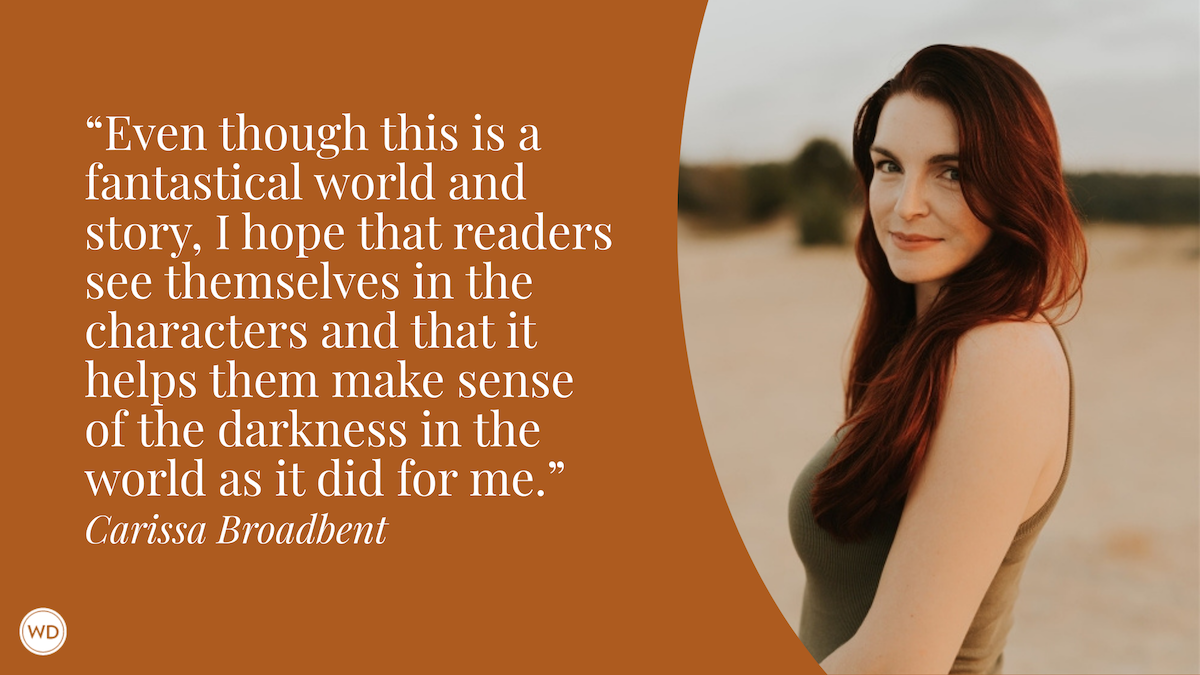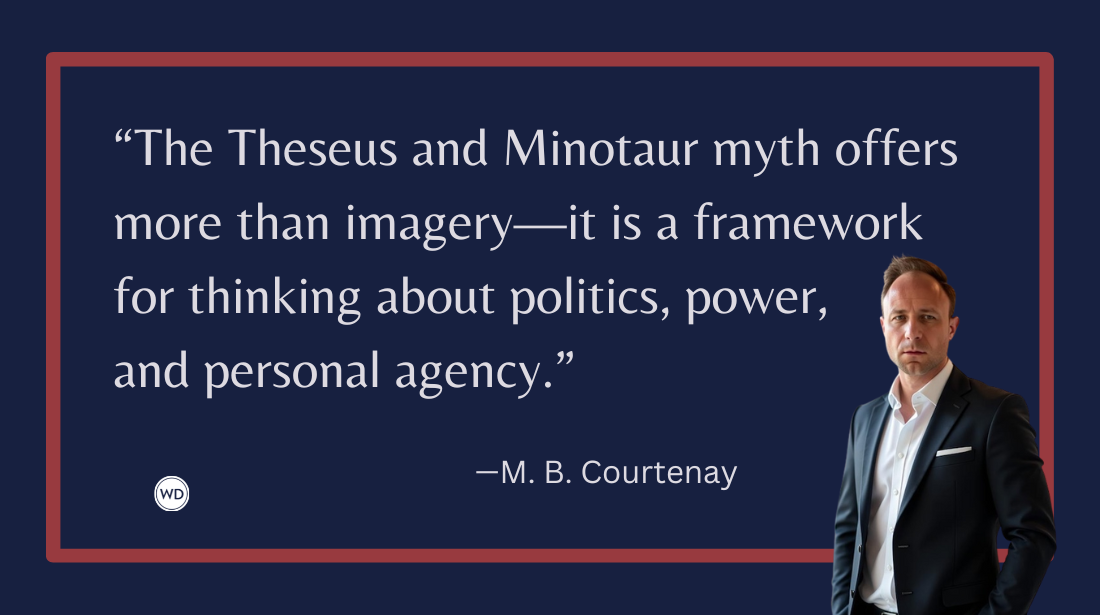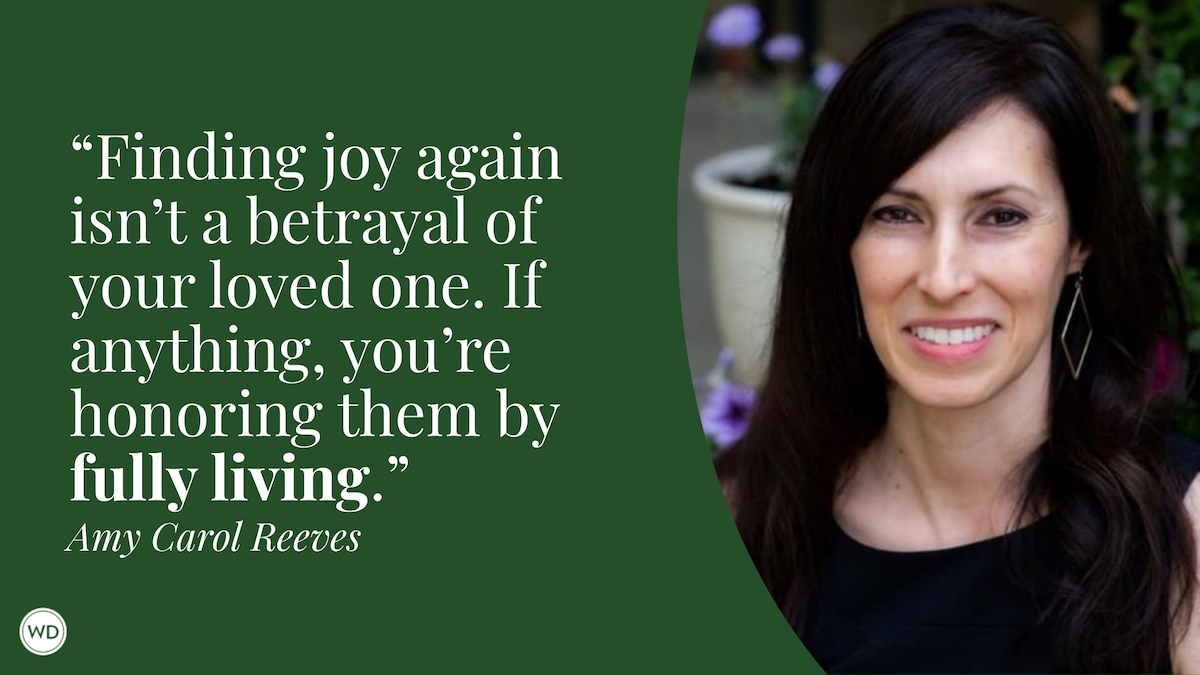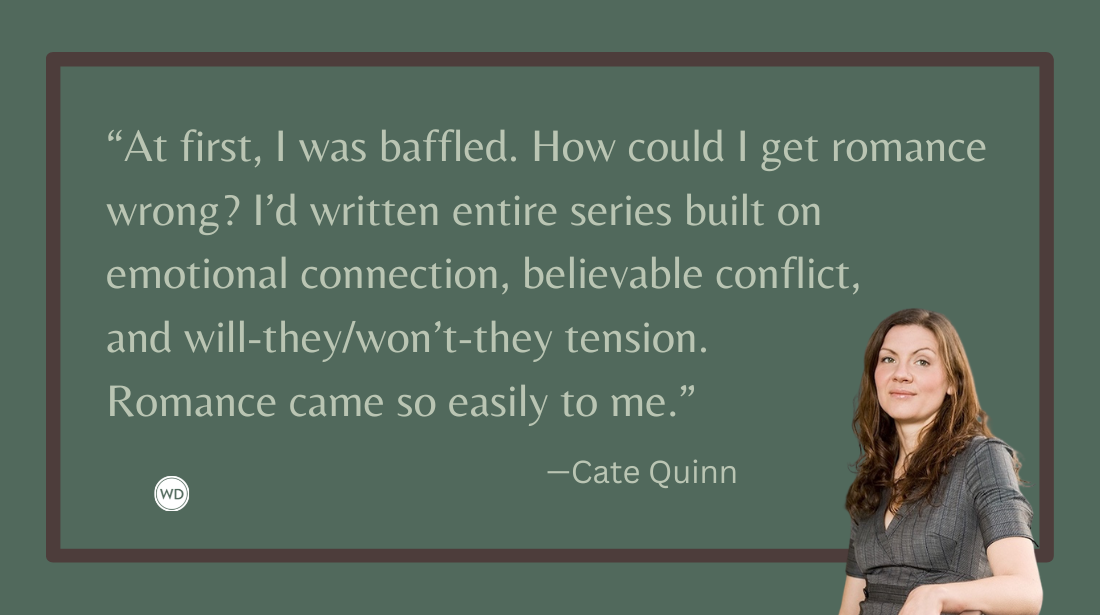The Medicine in the Magic: Writing Big Emotions in Children Stories
Author B.R. Duray shares thoughts on writing big (and sometimes difficult) emotions in children stories while keeping them fun to read.
As a kid, I shuddered at the mention of “medicine” because I hated the taste of cough syrup and I struggled with swallowing pills. So, in the fifth grade, when my mom (a nurse) insisted that my sister and I start taking vitamins as part of a daily health regimen, I was… anxious. But after a few weeks of trial and error on brands and flavors, one day she brought home a surprise: Gummy Vites—gummy bear vitamins—and... voila! Medicine tasted like candy, and I was cured.
When handling big emotions in Children’s stories, I adopt the same cheeky alchemy: Take hefty servings of grief, loss, and anxiety and disguise them in a whimsical sugar shell. The hope is that children soar through storm clouds of emotion with bravery, excitement, and a sense of adventure. That is what I sought to do with my first children’s book: The Mood Swing—a whimsical and heartwarming tale that takes young readers on a journey through the emotional ups and downs of grief. The story follows a young boy, named Peter, as he navigates the challenging feelings after the loss of his father. A magical swing, tethered to a Moon Tree, propels Peter into fantastical adventures that mirror his emotions, until he learns to find his balance on the swing.
Looking back on my writing process (which at the time felt like wandering blind through a maze) I realize a few points of navigation may have been helpful. So, here are five concise tips that hopefully offer some guidance to those authors wishing to conjure a similar magic.
#1 Lead With Play
This one seems self-explanatory, but for me it was easy to get trapped in the world of “intention,” “subtext,” and “depth”—all things that, as a writer, you pat yourself on the back for, especially when you’re trying to convey mature concepts and deep human truths. The thing is, kids are here to play, especially when they’re not feeling their best or going through a hard time.
I tried to remain constantly aware that I was providing comfort and imaginative relief first and foremost... then came the medicine. In The Mood Swing, Peter’s first ride on the enchanted swing is a rocket-fueled adventure throughout Outer Space—pure delight. The emotional heft (grief, anxiety, loss) sneaks in on tiptoes after a kaleidoscope of fun.
#2 Create Portals to Their Playgrounds
As a kid, I remember how often I would use the stories I was reading at home, as my fodder for imaginative games at recess or playtime. For example, I remember after reading Magic Tree House with my sister, all we wanted to do was build our own treehouse to imagine our own adventures that took place within our own make-shift treehouse.
The more we can tether elements of the fantastical, with an accessible “portal” in the real world of our audience, the easier they can bring their own version of our stories to life, which, to me, is the ultimate goal. The story transcends its original confines and can become limitless in the mind of a child. I tethered The Mood Swing fantasy world to a simple rope-swing. Maybe kids will think of blasting off into their own adventure when they ride the swings on the playground or in their neighborhoods!
#3 Never Talk Down—Children Are Brilliant Detectives
Kids are smart. They can sense when you’re talking down to them (I remember being able to!). So instead of dumbing down, dress up your language for children: Sprinkle in curious new words, toss them a riddle or two, or invite them to solve mini-mysteries. However, when it comes to weighty subjects and new emotions, it’s possible for words to fall flat, so I also found that expressing emotions through specific environments, and physical sensations was effective.
For example, in The Mood Swing, we express Peter’s loneliness by falling into a sinking pit of quicksand. Similarly, at the end of the story, when Peter starts to find balance on the swing, we express this with: “He started to focus on his tingling toes, the wind in his hair, and the sun on his nose.” All physical sensations. In short, choosing location over language—body feelings over mind concepts—can go a long way (and... they’re more fun for illustrations!).
#4 Pair Your Prose With Purposeful Art
Speaking of illustrations... put each one under a microscope before publishing, for that is how they will be viewed by children. Illustrations are the doorway into the imaginative world—especially one of Big Emotions. Each drawing should carry emotional cues and small details that reward close looking: Children love to discover new details. In the world of AI art and quick copy/paste graphic generation, we run the risk of losing the power of inspired art, but I believe kids can feel intention. They can sense when something is filled with thought and care, and similarly they can tell when it’s not (even if they can’t express it).
Choosing a style of illustration is like choosing between a Kit Kat or a Sour Patch Kids at the candy store. Yes, they’re both candy, but they’re very different. The choice matters. Be true to the candy of choice and make it sweet. Partner with an artist and choose an art style that reflects your story’s unique flavor.
#5 Don’t Be Afraid to Be Scary
It’s important to lead with Play because, after all, that’s what story time is for, but children have a much deeper capacity for darkness than we often let them explore. Children are filled with fears, whether we present them in stories or not, however, the point and power of story (since its origination) is to provide an elixir for what to do after fear arises.
As an author, don’t be afraid to “go there” when it comes to negative, difficult, or scary Big Emotions. Sure, a story that’s all gloom will give a child unnecessary nightmares and won’t be any fun to read; but, likewise, one that’s all sunshine and rainbows feels hollow. In life there is darkness, but it makes the light shine even brighter! The same should be true in children’s stories.
Check out B.R. Duray's The Mood Swing here:
(WD uses affiliate links)




